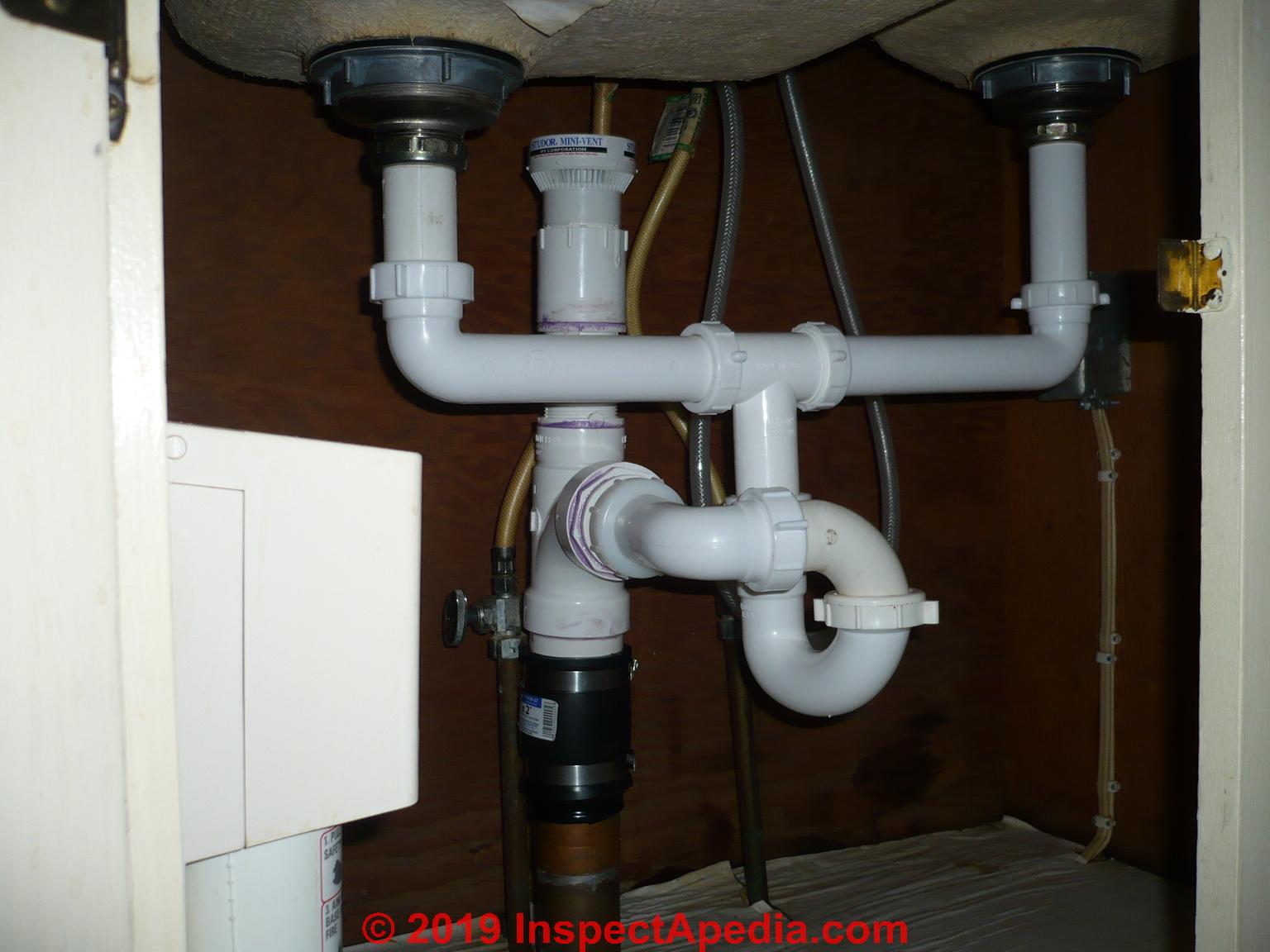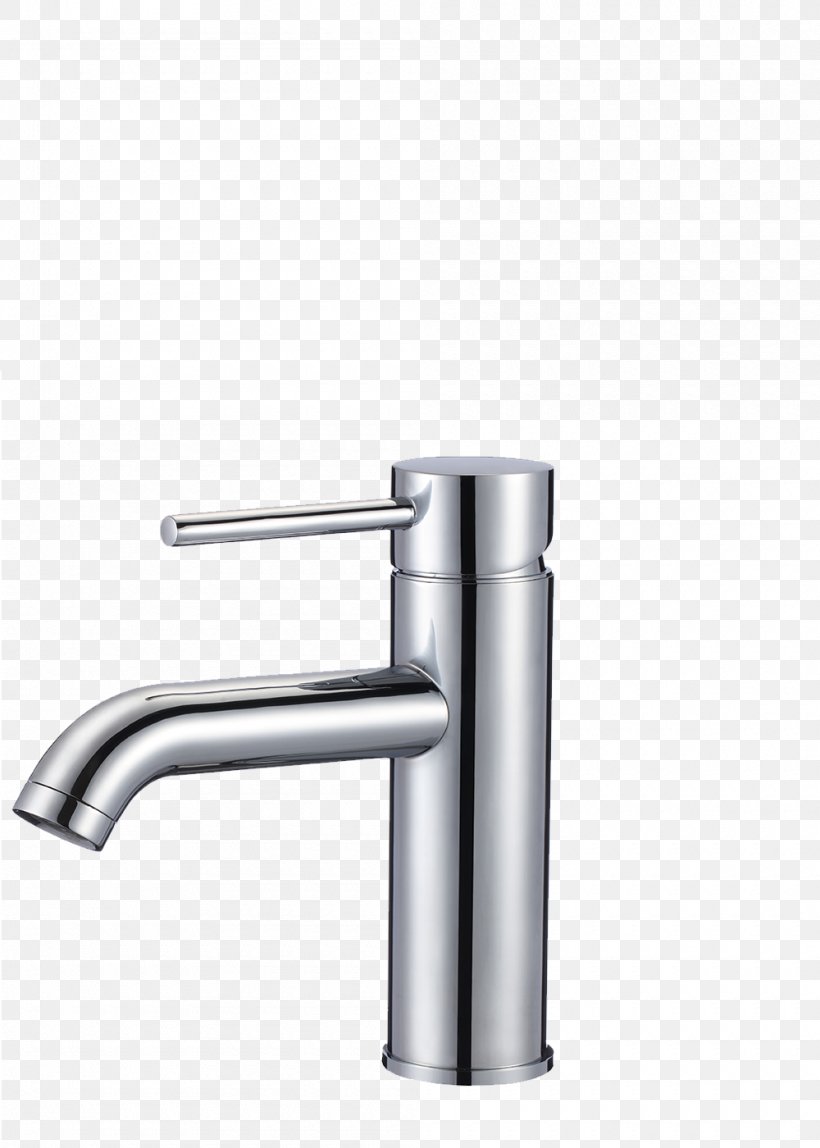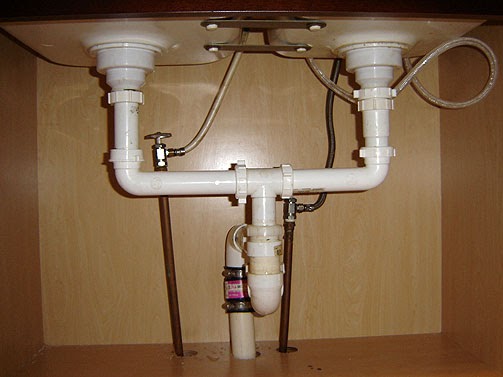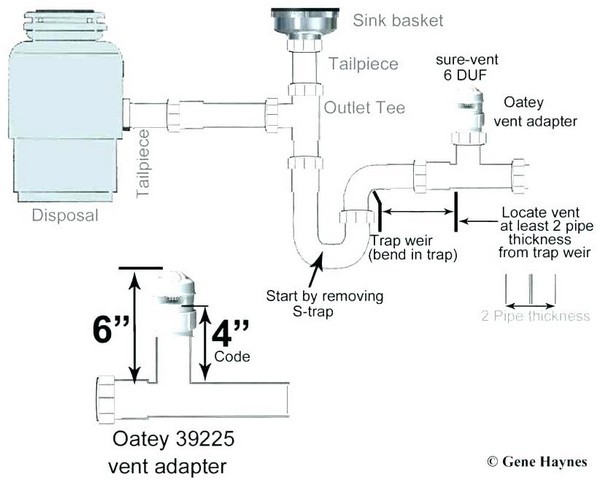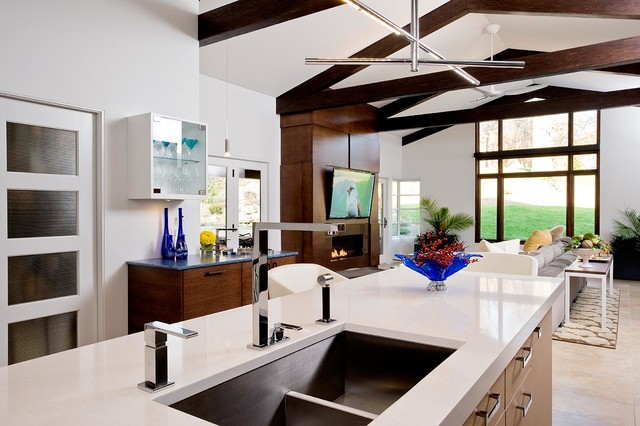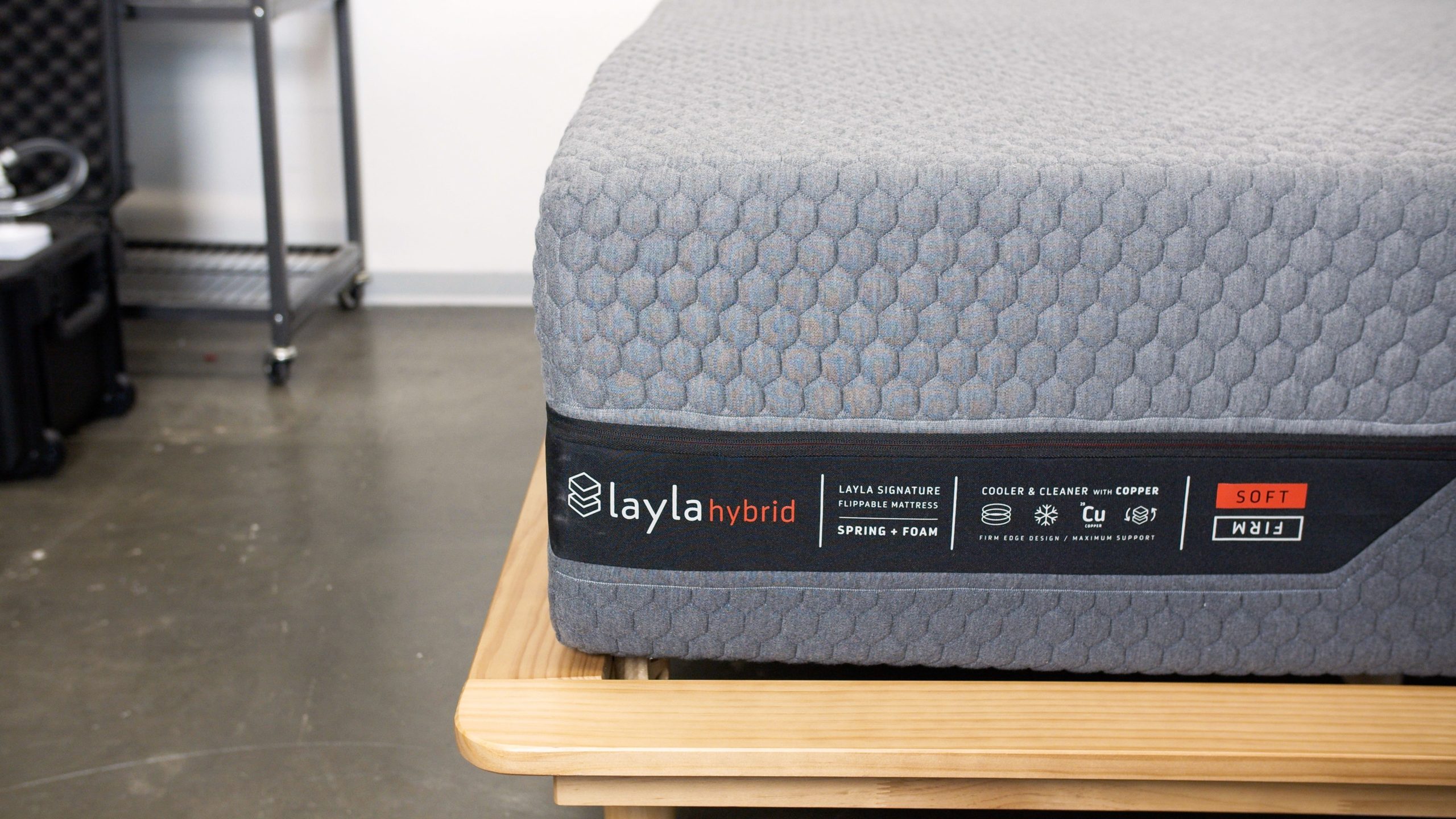If you're planning on renovating your kitchen or just need to replace an old sink, it's important to understand the basics of kitchen sink plumbing. Installing a basic kitchen sink plumbing system may seem like a daunting task, but with the right tools and knowledge, it can be a simple and straightforward process. In this article, we'll guide you through the steps of installing a basic kitchen sink plumbing system, from the necessary tools and materials to troubleshooting common problems.How to Install a Basic Kitchen Sink Plumbing System
Before you begin, it's important to have a basic understanding of how kitchen sink plumbing works. The plumbing system consists of water supply lines, a drain line, and a vent system. The water supply lines bring clean water into the sink from the main water supply, while the drain line removes wastewater from the sink and carries it to the sewer or septic system. The vent system allows air to enter the plumbing system, preventing suction and ensuring proper drainage.Basic Kitchen Sink Plumbing: The Basics
If you're comfortable with DIY projects, installing a basic kitchen sink plumbing system is a great way to save money and learn new skills. First, turn off the water supply and disconnect the old sink. Next, install the faucet and drain assembly according to the manufacturer's instructions. Then, attach the water supply lines and connect the drain to the P-trap. Finally, secure the sink to the countertop and connect the drain line to the main plumbing system.DIY Plumbing: Basic Kitchen Sink Installation
When it comes to understanding basic kitchen sink plumbing, the key is to familiarize yourself with the different parts and their functions. The faucet controls the flow of water, while the drain assembly includes a stopper and strainer to prevent debris from clogging the drain. The P-trap is a curved pipe that traps water to prevent sewer gas from entering your home. The vent system is usually a pipe that extends from the drain line to the roof, allowing air to enter the plumbing system.Understanding Basic Kitchen Sink Plumbing
For a more detailed guide on how to install a basic kitchen sink plumbing system, follow these step-by-step instructions: Step 1: Turn off the water supply and disconnect the old sink. Step 2: Install the faucet and drain assembly according to the manufacturer's instructions. Step 3: Attach the water supply lines to the faucet and shut-off valves. Step 4: Connect the drain to the P-trap and tighten the connections. Step 5: Secure the sink to the countertop using mounting hardware. Step 6: Connect the drain line to the main plumbing system. Step 7: Turn on the water supply and check for leaks.Step-by-Step Guide to Basic Kitchen Sink Plumbing
Before you begin the installation process, it's important to have the necessary tools and materials on hand. Some essential tools for basic kitchen sink plumbing include a wrench, pliers, screwdriver, and pipe cutter. As for materials, you'll need a new sink, faucet, drain assembly, P-trap, water supply lines, and mounting hardware, as well as plumber's putty and Teflon tape for sealing connections.Basic Tools and Materials for Kitchen Sink Plumbing
While installing a basic kitchen sink plumbing system is relatively straightforward, there are some common problems that may arise. Leaks are the most common issue, which can be caused by loose connections or damaged pipes. Clogs can also occur if food scraps or grease are not properly disposed of. In addition, issues with water pressure or drainage may indicate a problem with the vent system. If you encounter any problems, it's best to consult a professional plumber for assistance.Common Problems with Basic Kitchen Sink Plumbing
To ensure your kitchen sink plumbing system continues to function properly, it's important to perform regular maintenance. This includes checking for leaks or clogs, cleaning the drain and P-trap, and inspecting the water supply lines for any signs of wear or damage. It's also recommended to use a drain cover to prevent debris from entering the drain and causing clogs.Basic Kitchen Sink Plumbing Maintenance Tips
If you encounter any problems with your kitchen sink plumbing, there are a few troubleshooting steps you can take before calling a professional. If there is a leak, check all connections and tighten them if necessary. If the sink is draining slowly, try using a plunger or a drain snake to remove any clogs. If the issue persists, it's best to consult a plumber for further assistance.How to Troubleshoot Basic Kitchen Sink Plumbing Issues
Here are some commonly asked questions about basic kitchen sink plumbing: Q: How long does it take to install a basic kitchen sink plumbing system? A: The installation process can take anywhere from 1-3 hours, depending on your level of experience and the complexity of the system. Q: Can I install a kitchen sink without a plumber? A: If you have some DIY experience and are comfortable with basic plumbing tasks, you can install a kitchen sink yourself. However, it's always best to consult a professional if you're unsure. Q: How often should I replace my kitchen sink plumbing? A: With proper maintenance, your kitchen sink plumbing should last for many years. However, if you encounter frequent problems or notice signs of wear and tear, it may be time to replace it. Installing a basic kitchen sink plumbing system may seem like a daunting task, but with the right tools and knowledge, it can be a simple and rewarding DIY project. By understanding the basics of kitchen sink plumbing and following our step-by-step guide, you can have a fully functional sink in no time. Remember to perform regular maintenance and troubleshoot any issues that may arise to ensure your plumbing system continues to work smoothly. Happy plumbing!Basic Kitchen Sink Plumbing: Frequently Asked Questions
Understanding Basic Kitchen Sink Plumbing for Your House Design

Importance of Proper Kitchen Sink Plumbing
 When it comes to designing your dream kitchen, one of the most important aspects to consider is the plumbing for your kitchen sink. A properly functioning plumbing system is crucial for the overall functionality and efficiency of your kitchen. It not only ensures the smooth flow of water but also prevents any potential leaks or water damage that can be costly and troublesome to fix. Therefore, it is essential to have a basic understanding of kitchen sink plumbing to ensure that your house design is both practical and aesthetically pleasing.
When it comes to designing your dream kitchen, one of the most important aspects to consider is the plumbing for your kitchen sink. A properly functioning plumbing system is crucial for the overall functionality and efficiency of your kitchen. It not only ensures the smooth flow of water but also prevents any potential leaks or water damage that can be costly and troublesome to fix. Therefore, it is essential to have a basic understanding of kitchen sink plumbing to ensure that your house design is both practical and aesthetically pleasing.
Components of Basic Kitchen Sink Plumbing
 The plumbing system for your kitchen sink consists of several components that work together to provide clean water supply and drain away wastewater. These components include the sink, faucet, supply lines, drain pipes, and P-trap. The sink is the main fixture and is usually made of stainless steel, porcelain, or composite materials. The faucet is attached to the sink and controls the flow of water. Supply lines bring water from the main water supply to the faucet, while drain pipes carry wastewater away from the sink. The P-trap is a curved pipe that prevents sewer gas from entering your kitchen and also traps debris to prevent clogging.
The plumbing system for your kitchen sink consists of several components that work together to provide clean water supply and drain away wastewater. These components include the sink, faucet, supply lines, drain pipes, and P-trap. The sink is the main fixture and is usually made of stainless steel, porcelain, or composite materials. The faucet is attached to the sink and controls the flow of water. Supply lines bring water from the main water supply to the faucet, while drain pipes carry wastewater away from the sink. The P-trap is a curved pipe that prevents sewer gas from entering your kitchen and also traps debris to prevent clogging.
Installation Process for Kitchen Sink Plumbing
 Proper installation of your kitchen sink plumbing is crucial for its functionality and longevity. It is recommended to hire a professional plumber to ensure that the installation is done correctly. The first step is to determine the placement of your sink and mark the location for the drain, supply lines, and faucet. Next, the supply lines and drain pipes are connected to the main water supply and sewer line respectively. The P-trap is then installed to connect the sink drain to the drain pipe. Finally, the sink is secured to the countertop, and the faucet is attached to the sink.
Kitchen sink plumbing
may seem like a daunting task, but with the right knowledge and proper installation, it can be a simple and hassle-free process. It is important to consider the layout and design of your kitchen when choosing a sink and
plumbing
system to ensure that it complements the overall aesthetic. Regular maintenance and occasional repairs are also necessary to keep your kitchen sink plumbing in top condition. With a well-designed and functional plumbing system, you can enjoy a beautiful and efficient kitchen for years to come.
Proper installation of your kitchen sink plumbing is crucial for its functionality and longevity. It is recommended to hire a professional plumber to ensure that the installation is done correctly. The first step is to determine the placement of your sink and mark the location for the drain, supply lines, and faucet. Next, the supply lines and drain pipes are connected to the main water supply and sewer line respectively. The P-trap is then installed to connect the sink drain to the drain pipe. Finally, the sink is secured to the countertop, and the faucet is attached to the sink.
Kitchen sink plumbing
may seem like a daunting task, but with the right knowledge and proper installation, it can be a simple and hassle-free process. It is important to consider the layout and design of your kitchen when choosing a sink and
plumbing
system to ensure that it complements the overall aesthetic. Regular maintenance and occasional repairs are also necessary to keep your kitchen sink plumbing in top condition. With a well-designed and functional plumbing system, you can enjoy a beautiful and efficient kitchen for years to come.
Conclusion
 In conclusion, understanding the basics of kitchen sink plumbing is crucial for any house design. It not only ensures the proper functioning of your kitchen but also prevents any potential problems that may arise from a faulty plumbing system. With the right knowledge and professional installation, you can have a beautiful and functional kitchen that meets all your needs. So, don't overlook the importance of kitchen sink plumbing and make it a priority in your house design.
In conclusion, understanding the basics of kitchen sink plumbing is crucial for any house design. It not only ensures the proper functioning of your kitchen but also prevents any potential problems that may arise from a faulty plumbing system. With the right knowledge and professional installation, you can have a beautiful and functional kitchen that meets all your needs. So, don't overlook the importance of kitchen sink plumbing and make it a priority in your house design.



/how-to-install-a-sink-drain-2718789-hero-24e898006ed94c9593a2a268b57989a3.jpg)


